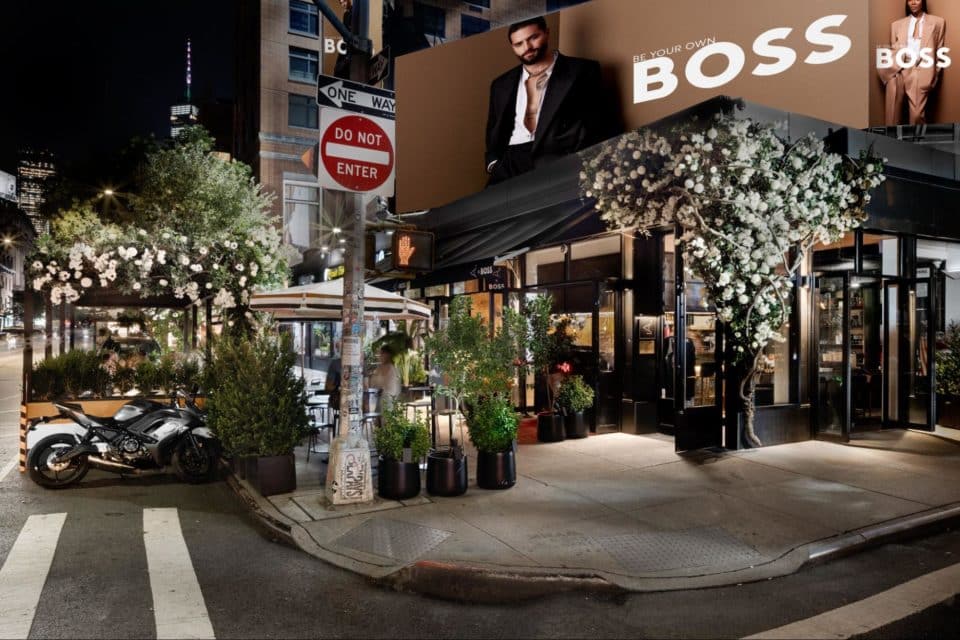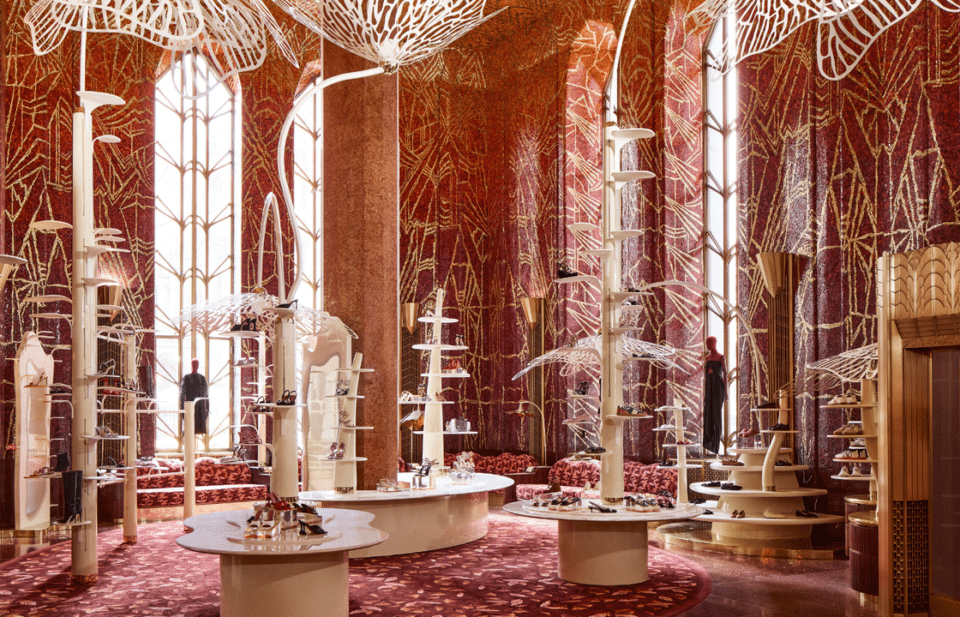Checkout from the cart? Caper on making it a reality
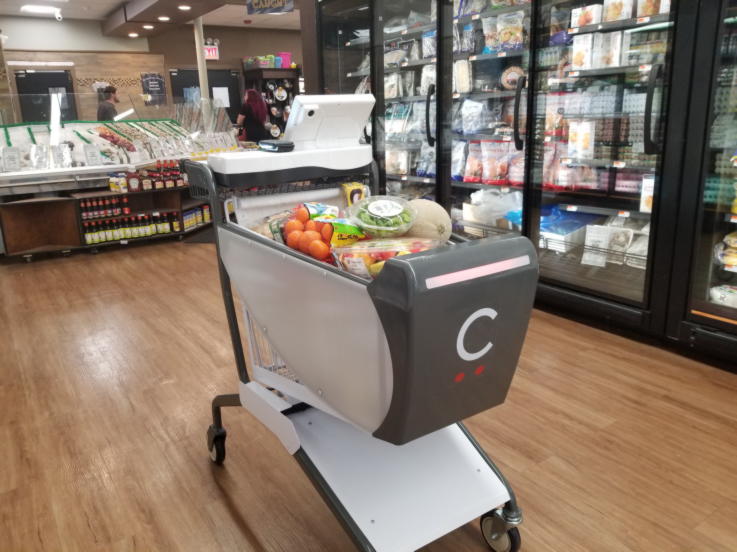
Caper is making checking out as easy as tossing a product into your cart. Having questioned why we’re still queuing in this day and age, the retail tech company is using deep learning and computer vision to tackle the problem via the cart itself.
We spoke to director of operations Eduardo Sanchez-Iriarte to find out how this Amazon-Go-in-a-cart-concept really works, how it measures up against other self-checkout options and teaching customers to embrace tech:
Can you explain Caper in a nutshell?
Caper specialises in retail technology. We started our company with one mission – help brick-and-mortar retail thrive by enhancing the in-store experience. Busy checkout lines, difficult product location, and a lack of information on promotions and deals are issues that divert people’s attention away from local grocery stores to online shopping. Our current product is the Caper Smart Cart – the first AI-powered smart shopping cart that allows customers to pay directly at the cart and skip checkout lines entirely.
How is Caper different to other self-checkout options?
The question grocers are (and should be) asking is “What can we do to improve our customers’ shopping experience?” And the answer comes in many forms, most of which are an expensive and unreasonable risk to their business (e.g., installing cameras and sensors throughout a store, at the bare minimum).
Many self-checkout solutions offer portable stations, but they don’t do software, so you have to hire other companies to do that which means you’re spending more money. The ones who do software and hardware are very very expensive. Some cost around $20,000 for the hardware and then the license for the software is $15,000.
We created a plug-and-play solution that doesn’t require complicated installation, a significant store/infrastructure overhaul or operational restructuring. Get the cart, turn it on, and you’re ready to go!
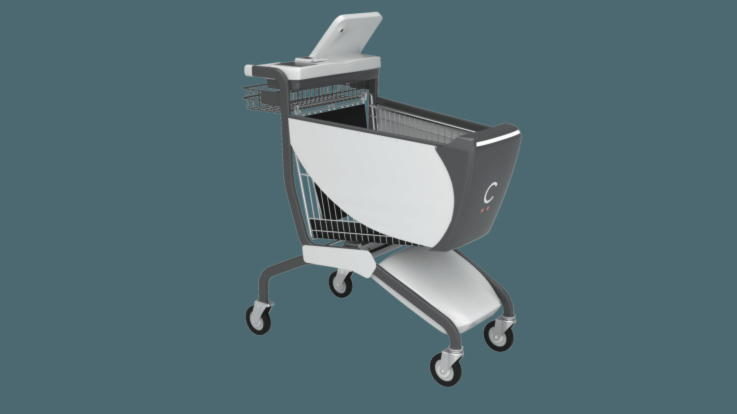
Images courtesy of Caper Labs
Can you tell us about your customers?
It’s been an exciting journey from day one to see the Caper carts live in two stores in New York – we expect to roll out to 150 more during 2019. We are launching with grocers, but you could use this in any store.
How does the Caper cart work?
Imagine you are in a store where every single cashier has a line which means a 10-15 minutes wait. You take a Caper cart from the entrance, you walk around the store, you pick up something and throw it in the cart. The built-in sensors identify each item and tally a virtual basket on the screen. Once you’re finished you pay for your purchases at the cart and leave. We connect the cart with the grocer’s payment processor and inventory system. The cart is not our cart in their store, it’s their cart.
There is a touchscreen connected to the cart. The cart has cameras and it has weight sensors. There are two functions for the cameras and the weight sensors. The immediate benefit is the cameras know what you put inside because we have a database of the products in the store. Every time somebody is putting their hand in the basket to put something inside the cameras are capturing images from all the angles, so they are learning how a product looks. That means if you scan a certain product and then try to put in a more expensive product then the cart knows that what you put inside is not the same.
It also recognises if you put in something you didn’t scan. Right now, if you choose an apple and put inside a banana it won’t let you move forward, because even if they weigh the same it knows that’s not what an apple looks like.
The current launched version of the cart requires you to scan an item before you put it in, but we are training it to recognise products that are put inside – without even scanning them. This scan-less version will be launching later in the year.
What are the benefits of the cart?
The advantages of the cart is that it’s powered by AI. The AI means we are learning from you.
From the customer’s side, it’s all about customer experience. Everything in marketing is about why? Why do you do what you do? Why is it good for the customer? Why do they want it? Why do they like it?
The touchscreen also acts as an interface to interact with shoppers and provide revenue driving opportunities for grocers. We can offer tailored recommendations to customers based on what else they have put in their cart, which are designed to increase basket size. We’ve already helped grocers to increase the average basket size by 18%.
You can also use the interface to promote deals. And if customers want to find a certain product, from example ketchup, the cart shows you a map of where to go, or tells you to go to Aisle 6.
Amazon makes billions of dollars in recommendations, 30% of everything they make is based on that. Imagine if the shopping cart knows you and it knows you like cookies, so when you scan Oreos it might say ‘why not get a second packet and save one dollar’.
How does the cart handle produce?
You choose the fruit from the screen and you put it in the cart. The law requires that you show the customer the weight, the price per pound and how much you pay. You see that on the screen. Of course, the cart takes a zero on what was already inside. So, if you have $100 of groceries, then you put oranges in, the cart takes a zero on what was inside and then weighs the oranges.
What about alcohol?
If someone tries to buy alcohol the cart would trigger a signal to the manager. They then tap in a code to authorise it after they check your ID.
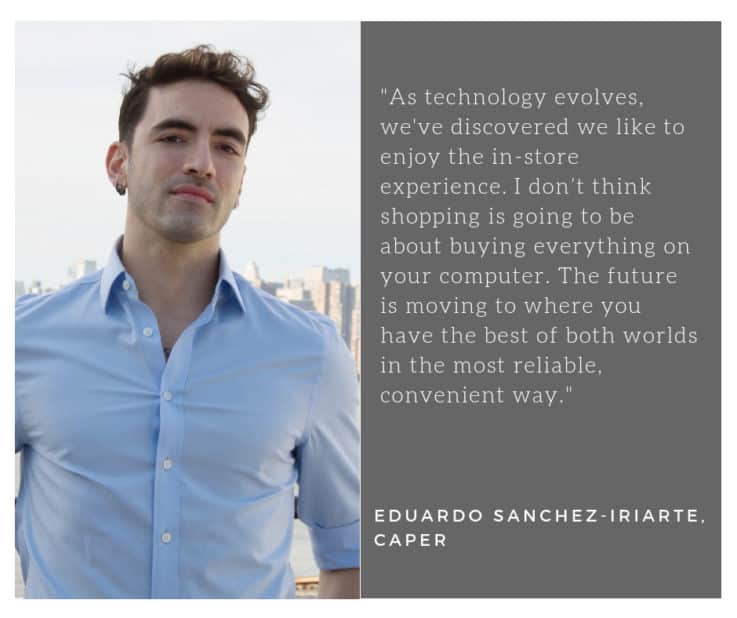
How do you prevent customers stealing things?
Our smart cart utilises weight and image collection to control security. And if you pass beyond a certain point with a cart that hasn’t fully checked or there was suspicious activity during the shopping process, a manager will be alerted to go to the customer and double-check the transaction.
What else is in the roadmap?
The good thing about technology is that you can take it anywhere you want. With the current version shoppers simply scan the barcode before adding products to their cart. As customers shop, we collect and label images to help train Caper’s deep learning algorithm and enable the scan-less item identification experience that we will be launching this year. We have plans to tailor recommendations for every customer, shop by recipe, give retailers an app to track carts usage and activity, and have bigger and smaller size version of our smart cart (as many interested retailers from all over the world have different needs).
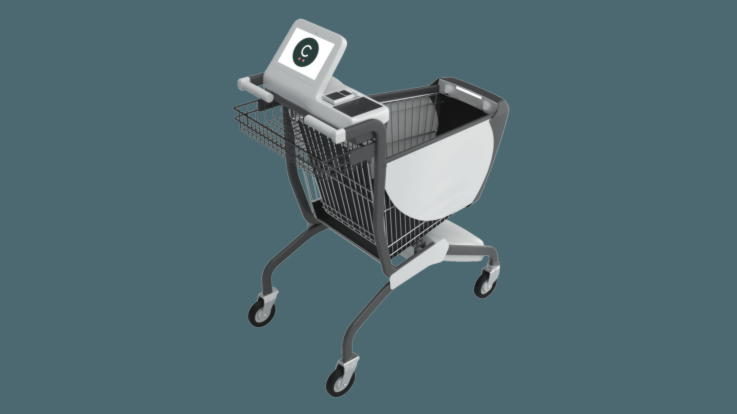
Images courtesy of Caper Labs
What do you think the future of grocery retail looks like?
It’s still an unexplored market with many opportunities. As technology evolves, we’ve discovered we like to enjoy the in-store experience. I don’t think shopping is going to be about buying everything on your computer. The future is moving to where you have the best of both worlds in the most reliable, convenient way.
It’s critical for brick-and-mortar grocery stores to take a step into this world, to get closer to learning customer behaviour and technology and everything that comes with this environment.
Images courtesy of Caper Labs
What does the future of grocery retail look like? Check out six more top initiatives.
If you want more content like this, or to keep up with the latest retail trends, click here to join our community.


